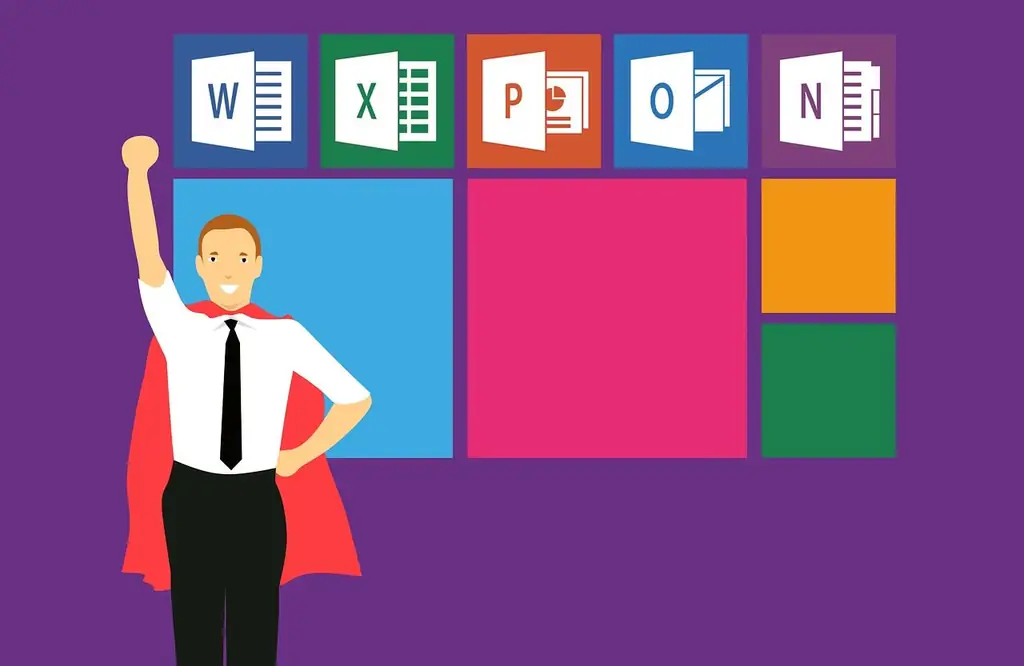The computer mouse is the main tool for navigating the Microsoft Windows environment. But there is an easy way to increase your efficiency, this is to use hotkeys. It may seem that the time savings will be insignificant, but it is worth adding these seconds on a weekly or monthly interval and you get a solid figure. And for clarity, you can do it right now.

Basic keyboard shortcuts
Ctrl + Z: undo
Regardless of which program you are working in, Ctrl + Z will undo your last action. If you rewrote the entire paragraph in Microsoft Word or accidentally deleted the file, the combination of these keys will save your time and nerves.
Ctrl + W: close
This keyboard shortcut works in almost all applications. It is intended to close an active window, for example, a browser tab or an explorer window. Now you can forget about the standard window close button.
Ctrl + A: Select All
This command allows you to select all text in a document or select all files in a folder. Pressing Ctrl + A can save you time wasted clicking and dragging your mouse.
Alt + Tab: Switch apps
One of the most useful keyboard shortcuts. When several applications are running, simply by pressing alt="Image" + Tab, you can quickly flip through all open windows.
Alt + F4: Close Applications
A very convenient hotkey combination. Allows you to instantly close active applications and windows. And don't worry about unsaved data, the system will prompt you to save it before closing it.
Win + D: exit to desktop
The combination minimizes all windows and opens the desktop. A useful command when you need quick access to files and shortcuts stored on the Start screen.
Win + Left Arrow or Win + Right Arrow: Align the active window to the left or right of the monitor
With these commands, you can instantly snap the active window to the left or right edges of the monitor. A very useful feature when you need to compare two windows at the same time.
Win + Tab: View Running Tasks
The command is similar to the keyboard shortcut alt="Image" + Tab. A thumbnail of all desktops with applications running in them appears in front of the user.
Tab or Shift + Tab: move forward or backward in parameters
When a dialog box is open, these commands move you forward or backward through the available options. When working in a dialog box that has multiple tabs, Ctrl + Tab or Ctrl + Shift + Tab allows you to navigate between them.
Ctrl + Ecs: Open the start menu
When using a keyboard without the Windows key, these hotkeys instantly open the Start menu. Then, using the cursor keys, Tab and Shift + Tab, quickly select the menu of interest.

Advanced use of hotkeys
You don't need special knowledge or multiple monitors to use these tricks.
F2: rename
Just highlight the file and press F2 to give it a new name. Also, this command allows you to edit text in different programs. For example, in Microsoft Excel, this is a quick way to edit the contents of a selected cell.
F5: update
This key allows you to refresh the browser page or explorer view. After refreshing, the last up-to-date version of the viewed page will be shown.
Win + L: lock your computer
Keep your data safe. This key combination instantly locks the computer and returns the system to the account selection and password entry screen.
Win + I: open settings
If you want to customize how Windows works, this key combination opens the Preferences dialog box. You can also use the Win + A hotkeys to open the Action Center panel, which shows notifications and provides quick access to certain settings.
Win + S: Search Windows
The Windows taskbar has a handy search box that lets you ask the virtual assistant Cortana (Windows 10) or view apps and saved files. Go directly to it with this keyboard shortcut and then enter your search terms.
Win + PrtScn: save screenshot
There is no need to use a dedicated tool or applications to take screenshots. A simple keyboard shortcut will capture the entire screen and save it in.
Ctrl + Shift + Esc: Open Task Manager
The Task Manager is a useful tool for working in the Windows environment. In the window that opens, you can see the number of running programs and background processes
Win + C: Start talking to Cortana
This hotkey combination activates Cortana into listen mode. First, you need the digital assistant to be active. To do this, open Cortana in the search box on the taskbar, click the Cog icon, and enable the keyboard shortcut.
Win + Ctrl + D: Add a new virtual desktop
Virtual desktops create additional screens, giving you additional workspace where you can store some of your applications and windows. Pressing this keyboard shortcut creates a new virtual desktop. After that, you need to click the "View Tasks" button to the right of the search field on the taskbar to switch from one desktop to another. Or use the hotkeys Win + Ctrl + arrow and the system will cycle through your open desktops. And the keyboard shortcut Win + Ctrl + F4 will close the active virtual desktop and move it to the next working field.
Win + X: open hidden menu
Windows has a hidden Start menu called the Quick Link menu that allows you to access all key areas of the system. From here, you can go straight to Device Manager to view and configure any hardware. Or, quickly open a PowerShell Command Prompt window to access advanced Windows commands.






